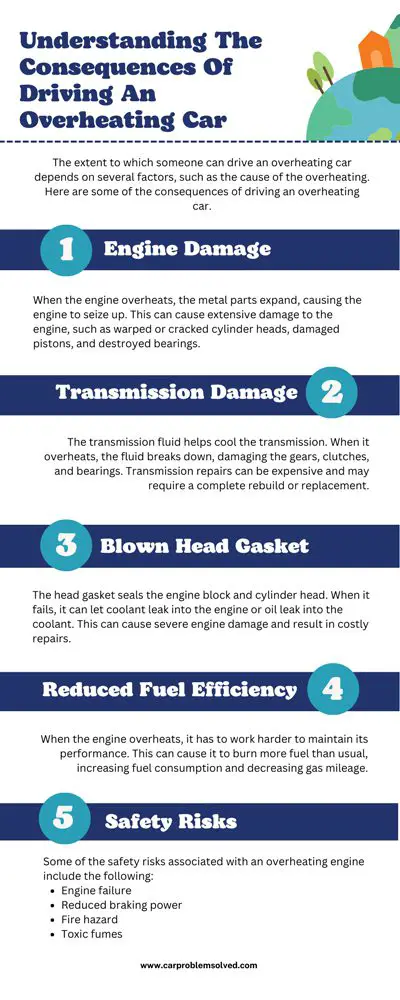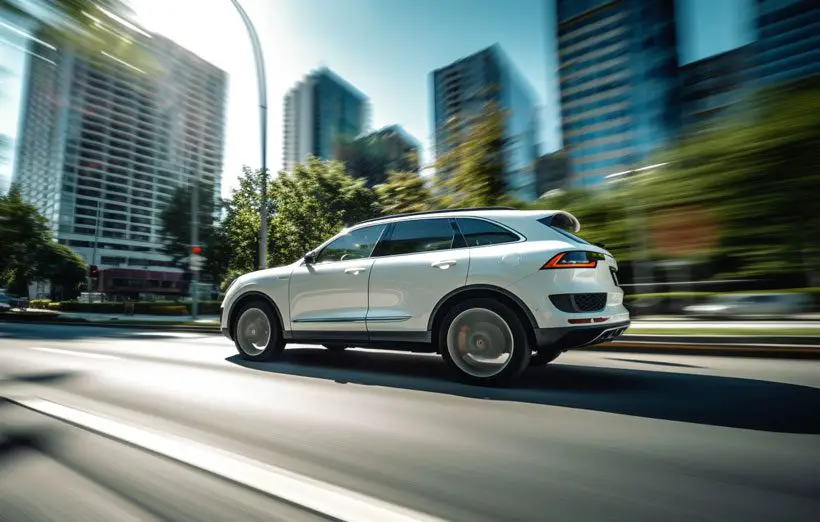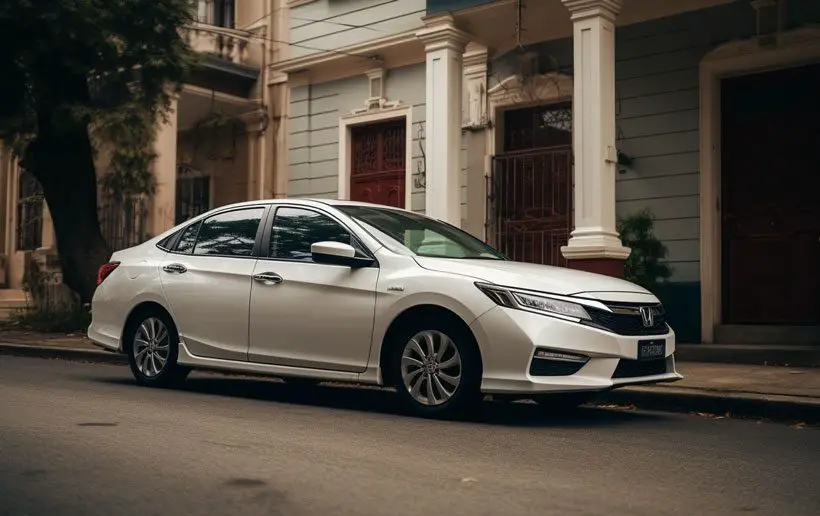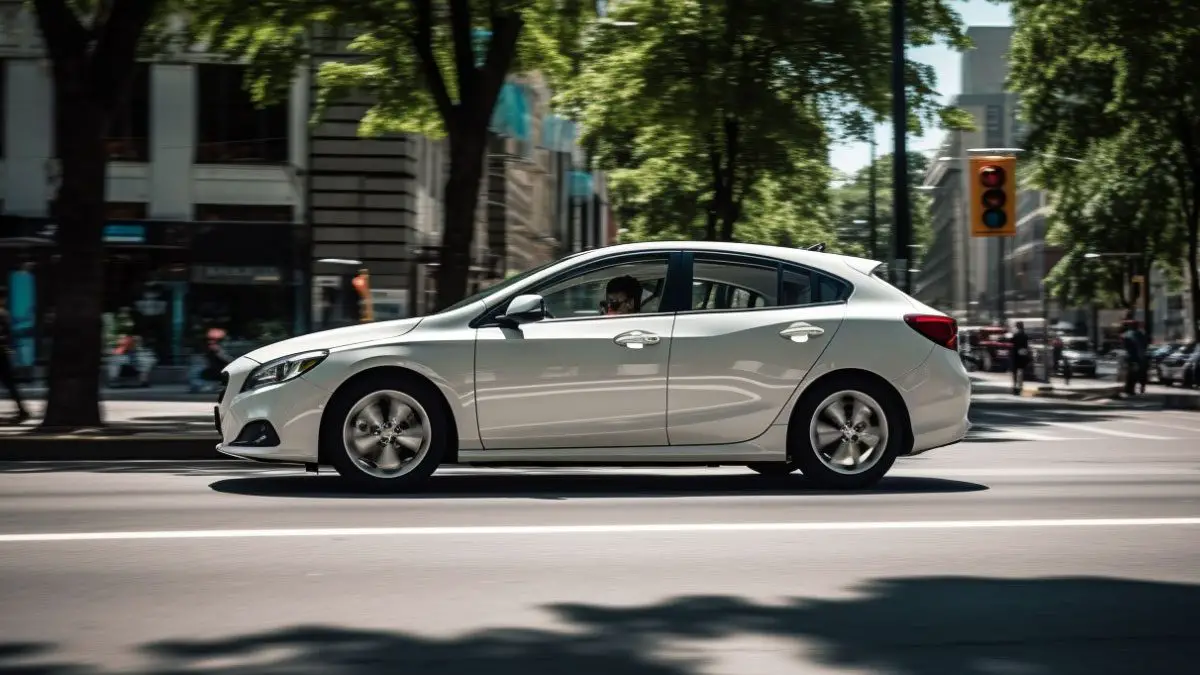Driving an overheating car can be a terrifying experience. You may be driving when your car’s warning light suddenly comes on. And if you do not take action, it may cause severe damage to your car and passengers and cost a lot of money.
But how far can you drive an overheating car before taking action? It depends on several factors, such as the severity and cause of overheating and the outside temperature. However, most cars will go for one mile before any severe damage happens to the engine.
Continue reading to know more about the consequences of driving an overheating car, among other related topics.
How Far Can You Drive An Overheating Car?
The extent to which someone can drive an overheating car depends on several factors, such as the cause of the overheating. Hence, driving an overheating vehicle for more than one mile is not advisable.

Driving an overheating car is a risky proposition that can cause severe damage to the vehicle and put the driver and passengers in danger. When a car overheats, the engine is running over 80F. This can cause damage to critical components like the head gasket, pistons, and cylinders.
Understanding The Consequences Of Driving An Overheating Car

Here are some of the consequences of driving an overheating car.
Engine Damage
When the engine overheats, the metal parts expand, causing the engine to seize up. This can cause extensive damage to the engine, such as warped or cracked cylinder heads, damaged pistons, and destroyed bearings.
Transmission Damage
The transmission fluid helps cool the transmission. When it overheats, the fluid breaks down, damaging the gears, clutches, and bearings. Transmission repairs can be expensive and may require a complete rebuild or replacement.

Blown Head Gasket
The head gasket seals the engine block and cylinder head. When it fails, it can let coolant leak into the engine or oil leak into the coolant. This can cause severe engine damage and result in costly repairs.
Reduced Fuel Efficiency
When the engine overheats, it has to work harder to maintain its performance. This can cause it to burn more fuel than usual, increasing fuel consumption and decreasing gas mileage.
Safety Risks
Some of the safety risks associated with an overheating engine include the following:
- Engine failure: When engine failure occurs, it can leave you stranded on the side of the road or in the middle of traffic, which can be dangerous.
- Reduced braking power: This can make it difficult to stop the car.
- Fire hazard: Overheating can cause fluids, such as oil and coolant, to leak onto hot engine parts, creating a fire hazard.
- Toxic fumes: Overheating can cause the car to emit toxic fumes, such as carbon monoxide, which can be harmful to breathe.
Factors That Affect How Far You Can Drive An Overheating Car

As discussed below, several factors can affect how far you can drive an overheating car.
Severity Of Overheating
If the engine has only started overheating and the temperature gauge has only moved slightly above the normal range, you could continue driving for a short distance before stopping.
However, if the engine has overheated significantly and the temperature gauge is red, it is essential to stop driving immediately to prevent severe damage.
Cause Of Overheating
If the cause of the overheating is minor and can be addressed quickly, such as topping up the coolant level, you can continue driving the car for a short distance. However, if the cause is severe, such as a blown head gasket, driving the vehicle further can cause significant damage to the engine.
Outside Temperature
If it is hot outside, the engine will generate more heat. Therefore, the cooling system must work harder to keep the engine at a safe temperature. This can cause the engine to overheat faster and reduce how far you can drive the car before it becomes unsafe.
Conversely, if the temperature is cold outside, you can drive long before the car overheats.
Driving Conditions
If you are driving in heavy traffic or stop-and-go conditions, the engine will generate more heat because it has to work harder to move the car. This can cause the engine to overheat more quickly, and you might be unable to drive the car very far before it becomes unsafe.
Coolant Level
The engine cannot cool down properly if the coolant level is low. This will cause it to overheat quickly. If the coolant level is slightly low, you can continue driving the car for a short distance.
However, if it is significantly low, you should stop driving immediately and add more coolant before continuing.
Engine Type And Size
Different engine types have varying thermal efficiency levels, affecting how much heat they generate while running. For example, diesel engines typically run hotter than gasoline engines.
Additionally, turbocharged engines generate more heat than standard engines, which can cause them to overheat more quickly.
The engine size also matters. If you have a smaller engine, it can run at a higher temperature for more extended periods without overheating, while a larger engine might overheat more quickly.
Tips For Safely Driving An Overheating Car

Here are some tips for safely driving an overheating car:
- Monitor your temperature gauge: If your temperature gauge is higher than usual or in the red zone, immediately reduce your speed and look for a safe place to pull over.
- Turn off the A/C and other non-essential systems: Turning off these systems can help alleviate some of the stress on your engine.
- Pull over to a safe location: Look for a flat surface away from traffic and turn on your hazard lights to alert other drivers.
- Let your engine cool down: After safely pulling over, turn off your engine and wait for it to cool down. Avoid opening the hood until the engine has cooled down, as the hot steam can cause severe burns.
- Check your coolant levels: Once the engine has cooled down, check your coolant levels. If they are low, add more coolant, but wait until the engine has thoroughly cooled down before removing the radiator cap.
- Seek professional help: If you cannot resolve the issue on your own or if the problem persists, it’s best to seek professional help. A certified mechanic can diagnose the issue and offer a solution.
- Preventive maintenance: This proactive approach keeps your car in good condition and avoids breakdowns or significant repairs. Regularly servicing and maintaining your vehicle can minimize the chances of your engine overheating.
Conclusion
Driving an overheating car can lead to severe consequences, including engine damage. If you find yourself driving an overheating vehicle, the best thing to do is to pull over to a safe location, turn off the engine, and assess the situation.
If the engine has not overheated for long and no major part has been damaged, you may continue driving for a short while. Also, consider all the other factors discussed in this article before moving on with your journey.
